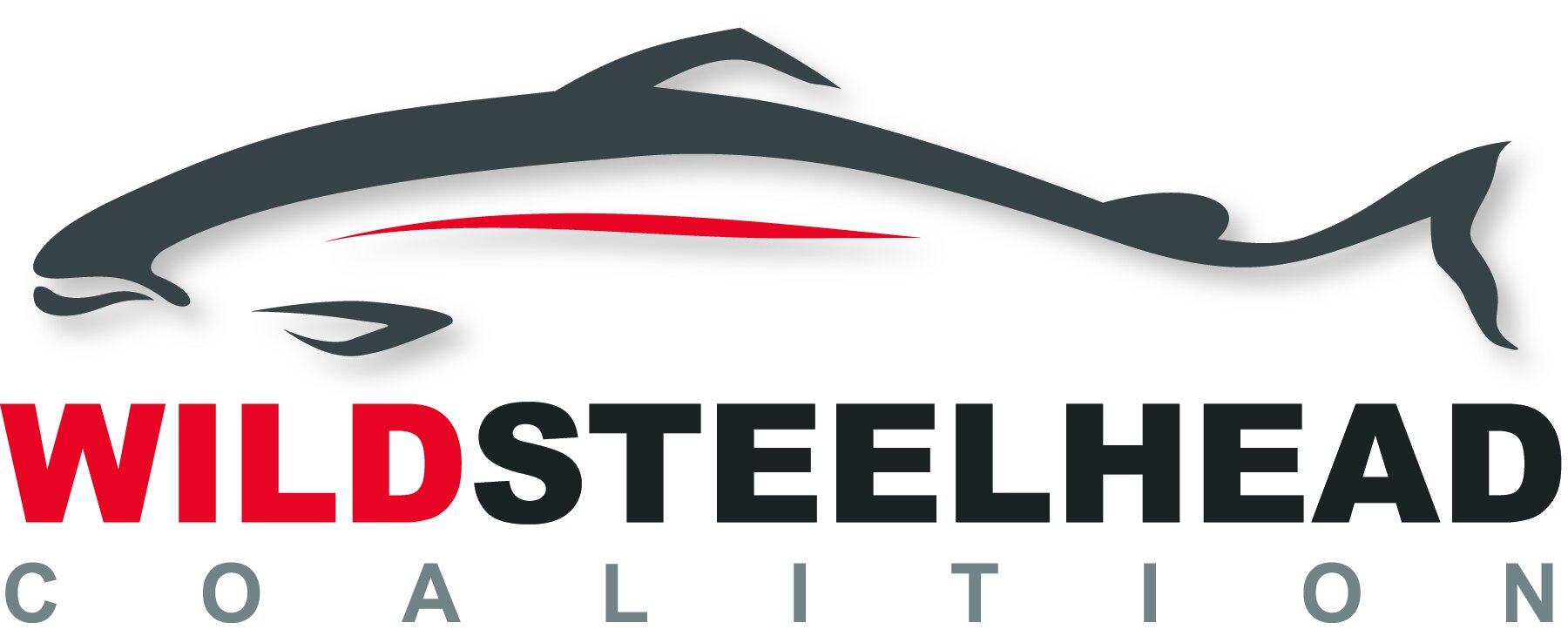Wild Steelhead Science: 2021 Graduate Scholarship
Photo courtesy of Lauren Diaz. (Yes, we know she isn’t holding a wild steelhead.)
By Jim Schmitz, WSC Board Member
As a part of our commitment to science-based advocacy and fishery management, the Wild Steelhead Coalition funds new research into wild steelhead whenever possible. This can take many forms, and has often involved partnerships with other conservation organizations and government agencies. Over the years, we’ve also had the privilege of offering financial support to several graduate students doing work around wild steelhead life histories, habitat, and recovery. This year we are pleased to be supporting a project by Lauren Diaz, a PhD student in the Department of Fisheries, Wildlife, and Conservation Sciences at Oregon State University, with a $2500 scholarship.
We look forward to following her important work and are pleased to have a dedicated wild steelhead advocate as the recipient of our 2021 scholarship. WSC funding will contribute to Diaz’s multidisciplinary approach to developing a decision-based support system to evaluate life history strategies for Oncorhynchus mykiss in anthropogenic landscapes. This work could have important implications as communities and development continue to expand throughout wild steelhead’s native range.
Project Summary
For unclear reasons, the proportion of O. mykiss that exhibit anadromy has drastically declined in regions associated with dense human population centers. Although the resident form of O. mykiss remains abundant throughout much of its range, it is critical to maintain a diverse portfolio of life history strategies to ensure resilience to future disturbances and environmental change. It is likely that dams, hatchery and stocking practices, and climate change have altered river temperature, flow regimes, biotic interactions, and in-stream habitat processes in a way that encourages O. mykiss to remain freshwater residents.
However, favorable conditions in freshwater may function as an ecological trap for the species. O. mykiss that maintain full freshwater residency or delay smolting are more likely to encounter entrainment at hydraulic facilities, exhibit lower fecundity and overall spawning success than their migratory counterparts. This could contribute to a reduction in gene pool diversity, making populations more susceptible to local extinction.
The objectives of this study are to use an integrated decision analytic framework to 1) develop and evaluate methods to quantify proportion of anadromous O. mykiss in a population, 2) relate the rates of anadromy to biotic and abiotic variables to better understand the spatial distribution of anadromy across anthropogenically altered watersheds, and 3) develop a quantitative decision support system to evaluate restoration and flow actions centered on anadromous O. mykiss while incorporating multiple sources of uncertainty and integrating competing hypotheses related to the rate of anadromy.
Importantly, the cutting-edge quantitative methods developed and applied for this project to integrate monitoring, modeling, and management can be easily applied throughout the steelhead range and will become especially relevant as the urban centers of the Pacific Northwest continue to grow and encroach on remaining wild steelhead producing watersheds.
This work is being conducted through a collaborative, inter-agency effort that includes stakeholders from the U.S. Fish & Wildlife Service, U.S. Bureau of Reclamation, NOAA, National Marine Fisheries Service, California Department of Fish & Wildlife, California Department of Water Resources, and several non-governmental and private organizations.

